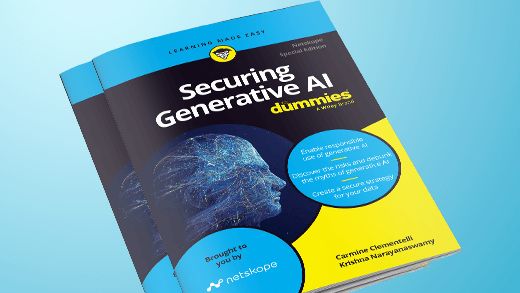In the latest example of a cloud service being exploited for cyber espionage, researchers from Trend Micro have shed light on a campaign, conducted between March and October 2022, targeting government, academic, foundations, and research sectors of multiple countries including Myanmar, Australia, the Philippines, Japan, and Taiwan.
The campaign has been attributed to a notorious APT group called Earth Preta (also known as Mustang Panda and Bronze President), and as you have probably guessed already, one of its characteristics is exploiting two well-known legitimate cloud services (Google Drive and, to a lesser extent, Dropbox) to distribute the malicious payload.
In particular, the threat actors delivered the malware to their victims via spear-phishing emails discussing geopolitical (and other attractive) topics. Embedded in the email, there was a Google Drive or Dropbox link pointing to an archive containing the malicious content (the TONEINS, TONESHELL, and PUBLOAD malware families), along with some confidential (real) bait documents in theme with the content, probably stolen from previous intrusions, aimed to convince the targets of the content’s legitimacy (and ultimately leading them to execute the malware).
Dropbox continues to be one of the preferred platforms abused by both opportunistic and targeted threat actors to either distribute malware or host the malicious infrastructure. Google Drive is also extremely flexible, as Google Workspace offers multiple services that can be exploited by attackers, so the fact that the threat actors turned their attention to this app is not a surprise.
Mitigating the risk of legitimate cloud services exploited to deliver malware
Google Drive and Dropbox are among thousands of cloud services for which the Netskope Next Gen SWG provides granular access control through the Cloud XD engine; recognizing dozens of activities such as “login,” “create,” “download,” etc. For both services, it is also possible to distinguish different instances and enforce different policies based on the specific instance. For example, it is possible to prevent potentially dangerous activities (such as upload and download) from non-corporate instances, and more broadly from non-corporate cloud storage services.
And if a cloud service for which the “download” activity is allowed is exploited to deliver malware, the risk can be mitigated thanks to Netskope Threat Protection, as part of the NG-SWG. This provides an effective defense against modern evasive threats regardless of the nature of the traffic (web or cloud) with a layered approach that offers multiple engines—ranging from antivirus to cloud sandboxing—plus additional detectors based on machine learning to detect Office documents containing malicious macros and portable executables. If needed, the capabilities of the threat protection engine can be further enhanced, integrating external technologies (such as threat intelligence feeds or endpoint technologies), via Cloud Exchange.
Finally, Netskope Advanced Analytics provides a specific Threat Protection Dashboard with rich insights on malicious traffic to non-corporate cloud instances and web pages, most targeted users, top applications exploited to deliver malicious content, etc. A valuable tool for SOC teams and Incident responders.
Stay safe!




 Back
Back 
















 Read the blog
Read the blog